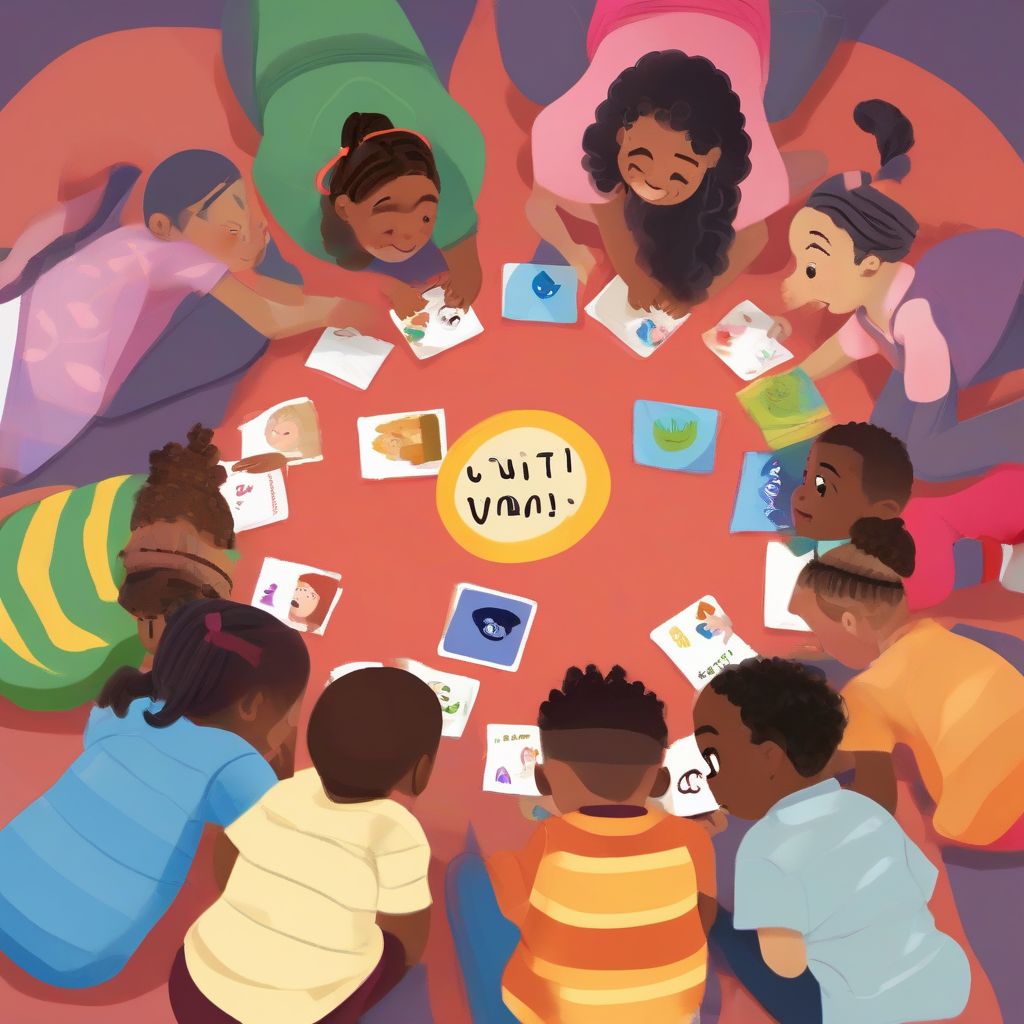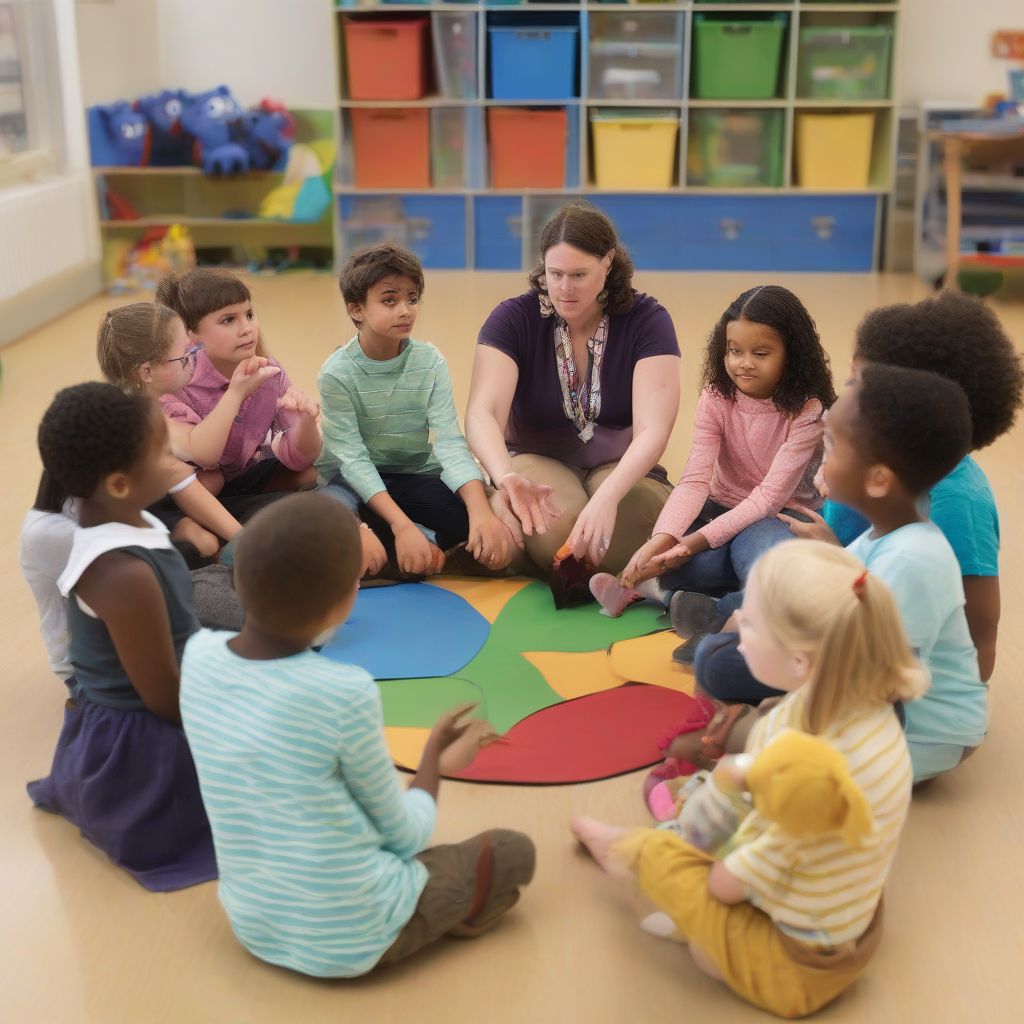“The best time to plant a tree was 20 years ago. The second best time is now.” While this ancient Chinese proverb refers to planting trees, it holds incredibly true for nurturing emotional intelligence in children. You might be thinking, “Emotional intelligence? Isn’t that something adults struggle with?” And you’re right, many do. But emotional intelligence, like any skill, is best learned young.
Imagine a child who can identify their emotions, understand their friend’s feelings, and navigate conflicts peacefully. This child possesses strong emotional intelligence, a key predictor of future success and happiness, even more so than academic achievements.
As a nutritionist and meal prepping coach, I help people make healthy choices for their bodies. Similarly, fostering emotional intelligence empowers children to make healthy choices for their minds and relationships.
This article explores the best resources for teaching emotional intelligence to children. We’ll delve into engaging books, games, and activities that can transform emotional learning from a chore into an exciting journey of self-discovery.
Why is Emotional Intelligence Crucial for Children?
Emotional intelligence, often referred to as EQ, is the ability to recognize, understand, manage, and use our own emotions and those of others effectively. It’s the foundation for healthy social interactions, self-awareness, and resilience.
Children with high EQ are:
- Better Communicators: They express themselves clearly and listen attentively to others.
- More Empathetic: They understand and share the feelings of others.
- Stronger Problem Solvers: They can navigate challenges and conflicts constructively.
- More Resilient: They bounce back from setbacks and adapt to change.
- Happier and Healthier: They experience greater well-being and have stronger relationships.
 Teaching Emotional Intelligence to Children
Teaching Emotional Intelligence to Children
Engaging Resources for Nurturing Emotional Intelligence:
1. Books that Breathe Life into Emotions:
Books are magical portals to different worlds, and those exploring emotions are no exception. Here are some gems:
- “The Color Monster” by Anna Llenas: This beautifully illustrated book helps younger children identify and label emotions using different colors.
- “The Way I Feel” by Janan Cain: This book uses vibrant illustrations and simple rhymes to teach children about a wide range of emotions.
- “Have You Filled a Bucket Today?” by Carol McCloud: This heartwarming story teaches children about the importance of kindness and its positive impact on themselves and others.
- “The Invisible String” by Patrice Karst: This touching story helps children cope with separation anxiety and understand the unbreakable bonds of love.
- “The Feeling’s Book” by Todd Parr: With its signature bold illustrations and simple language, this book introduces young children to a variety of emotions.
Expert Tip: After reading, engage your child in discussions. Ask questions like, “How did the character feel?” or “Have you ever felt that way?”
2. Games that Make Learning Fun:
Learning through play is incredibly effective, especially for children. Here are some games that can make emotional learning a blast:
- “Feelings Bingo” : Create bingo cards with different emotions. Call out scenarios like “Your friend falls and gets hurt,” and have children mark the matching emotion.
- “Emotion Charades”: Write down different emotions on slips of paper. Have children pick a slip and act out the emotion while others guess.
- “Cooperative Games”: Games that require teamwork and communication, such as building a tower together, naturally foster social-emotional skills.
- “Role-Playing”: Engage in pretend play scenarios where children can practice recognizing and responding to different emotions.
Expert Tip: Encourage children to express their feelings during the games.
3. Activities to Build Emotional Muscles:
Integrating emotional intelligence into everyday activities can be seamless and impactful.
- “Feelings Check-In”: Make it a habit to check in with your child’s emotions. Ask, “How are you feeling today?” and encourage them to label their emotions.
- “Emotion Journaling”: For older children, journaling can be a powerful tool for processing emotions. Encourage them to write about their day, their feelings, and how they handled different situations.
- “Mindfulness Exercises”: Simple practices like deep breathing or guided meditation can help children develop self-awareness and emotional regulation.
- “Acts of Kindness Challenges”: Encourage empathy and compassion by challenging children to perform random acts of kindness.
- “Family Emotional Vocabulary Jar”: Write down different emotions on slips of paper and place them in a jar. Each day, family members can pick a slip and share a time they felt that emotion.
Expert Tip: Be patient and model the behaviors you want to see. Children learn best through observation and experience.
 Emotional Intelligence Activities for Kids
Emotional Intelligence Activities for Kids
Conclusion: Cultivating Emotionally Intelligent Kids
Just like nourishing our bodies with healthy food, nurturing emotional intelligence requires consistent effort and the right tools. By incorporating these resources and activities into your child’s life, you’re giving them a priceless gift – the ability to navigate the world with greater understanding, compassion, and resilience.
Remember, emotional intelligence is a journey, not a destination. Embrace the ups and downs, celebrate the small victories, and provide a supportive environment where your child can blossom into their best selves.
What are your favorite ways to teach emotional intelligence to children? Share your tips and experiences in the comments below!
[amazon bestseller=”emotional intelligence for kids”]
